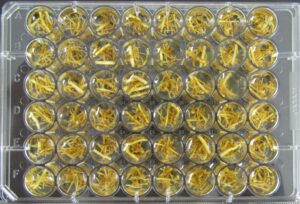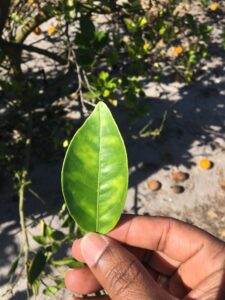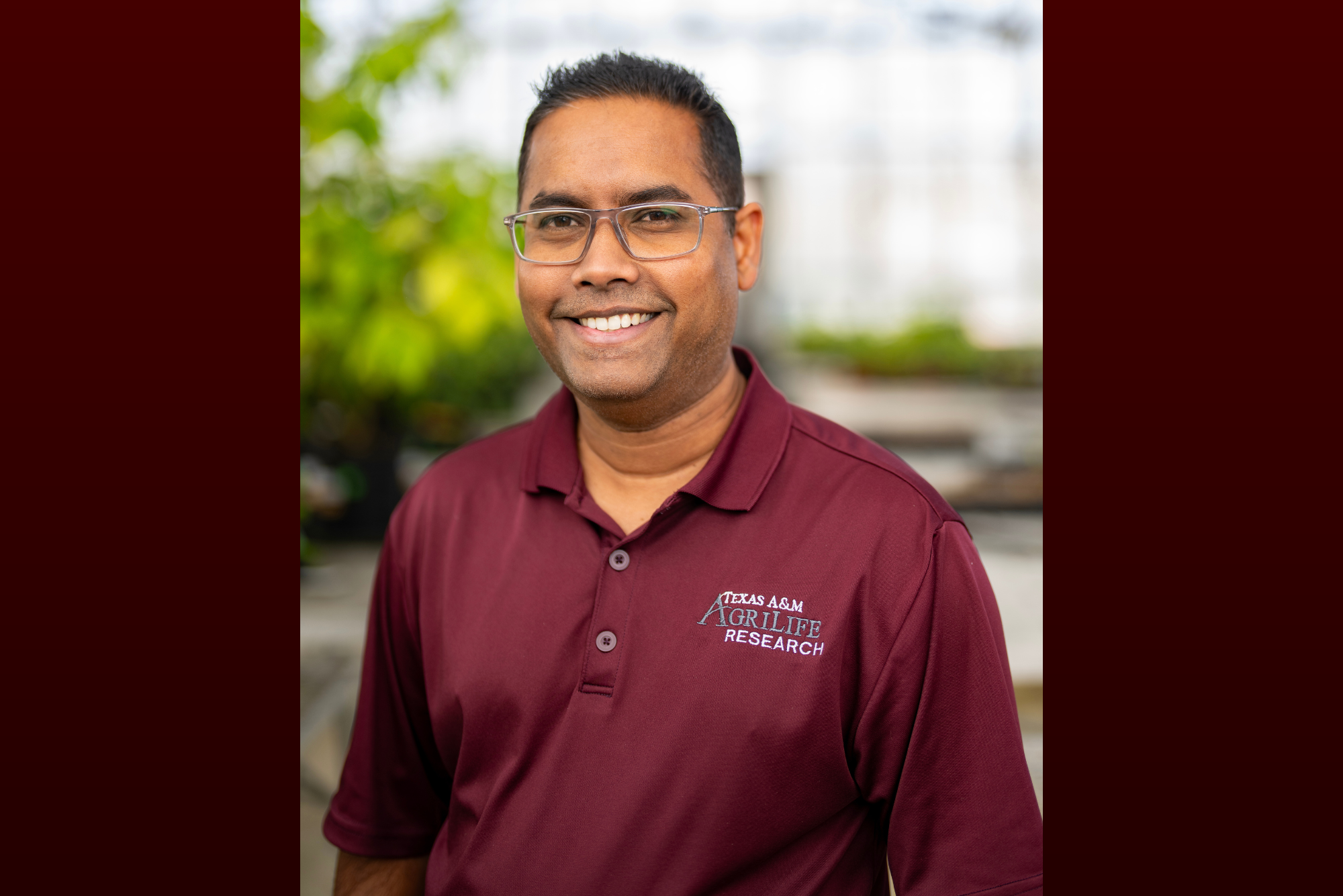By: Crystal S. Carter, Texas A&M Innovation
Cutting-edge Innovations to Combat Plant Diseases
Hairy Root System Revolutionizes Screening of Disease Therapies
Texas A&M University continues to lead agricultural innovation, and at the forefront of this effort is Dr. Kranthi K. Mandadi, a professor in the Department of Plant Pathology & Microbiology at Texas A&M AgriLife Research & Extension Center in Weslaco. His groundbreaking research and patented technologies are revolutionizing plant disease management, particularly in combating citrus greening (Huanglongbing, HLB)—a devastating disease threatening the > $13 billion economic impact of the U.S. citrus industry.
Dr. Mandadi’s work exemplifies The Texas A&M University System’s commitment to leveraging innovation to solve real-world agricultural challenges. His team has pioneered a novel microbial hairy root system, a patented technology that allows the culturing of previously unculturable pathogens and enables screening of disease therapies 4-6 times faster than traditional methods. This breakthrough has accelerated the discovery of new HLB treatments, some of which are now approaching federal regulatory approval for commercialization.
Innovating to Safeguard Food Security
Several plant pathogens, including those causing citrus greening, devastate Texas and U.S. agricultural production, threatening food security and economic stability. The bacteria responsible for HLB are transmitted by an insect vector and have no known cure, making Dr. Mandadi’s research critical for ensuring the survival of citrus farming. Moreover, related bacteria also cause severe diseases in potatoes, tomatoes, peppers, and carrots, amplifying the urgency for innovative solutions.
Dr. Mandadi’s research, published in high-impact journals such as Nature Communications and Plant Biotechnology Journal, has gained global recognition, earning over 2,970 citations and extensive media coverage. His research program has secured $50 million in funding ($10 million directly to his program) and resulted in multiple patents licensed through Texas A&M, further demonstrating the impact of his work.
The Future of Innovation: What Excites Dr. Mandadi
Looking ahead, Dr. Mandadi is particularly excited about the transformative potential of CRISPR-based genome editing and Artificial Intelligence (AI) in agriculture. “Global food production faces severe challenges from environmental stresses and biothreats such as pathogens and pests,” Dr. Mandadi explains. “Innovative technologies like CRISPR and AI are powerful tools that can potentially transform humanity. I am excited about leveraging these new technologies and combining them with our innovations to speed up the discovery of science-based solutions to critical challenges in agriculture and human health.”
By integrating AI-driven analytics with advanced genetic editing, Dr. Mandadi envisions faster, more precise disease treatments and crop resilience strategies, helping farmers and researchers stay ahead of evolving threats.
Next 5-Year Research Goals: From Discovery to Real-World Impact
Dr. Mandadi’s next five years will focus on translating scientific discoveries into commercial products that benefit agricultural producers.
“At Texas A&M AgriLife-Weslaco, my team is making headway in finding potential solutions to devastating crop diseases like citrus greening using the microbial hairy root system. We hope to advance our research findings as commercial products for producers,” he states. With industry backing, regulatory approval for HLB therapies has already begun, marking a critical step toward commercialization. Additionally, Dr. Mandadi aims to expand his research to address other significant problems facing stakeholders and communities, including:
- Developing solutions for emerging plant diseases and pests
- Addressing water shortages affecting food production
- Mitigating climate-driven challenges, such as extreme freezes and heat stress impacting crops
Recognizing the power of collaborative science, Dr. Mandadi is committed to fostering transdisciplinary teams. “I envision creating new collaborative teams to foster innovative science-based solutions and informing/educating our communities about the benefits of these innovations.” He envisions a future where scientists, farmers, industry, and policymakers work together to implement cutting-edge agricultural technologies that ensure global food security.



